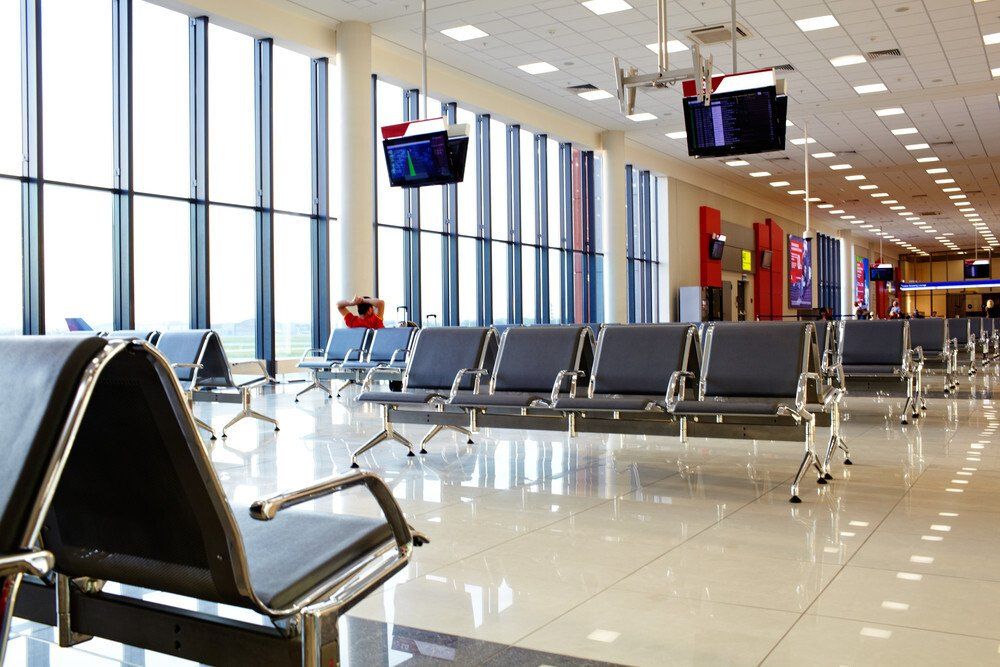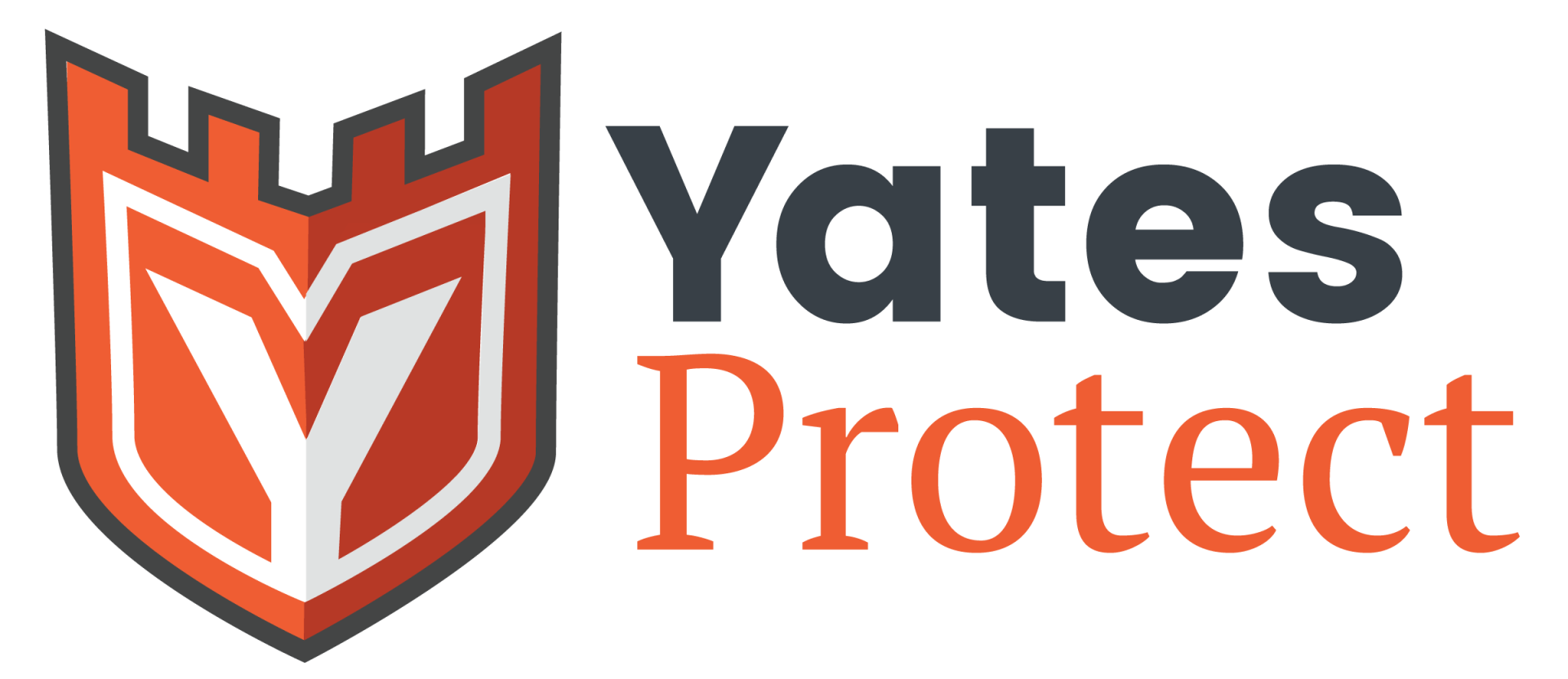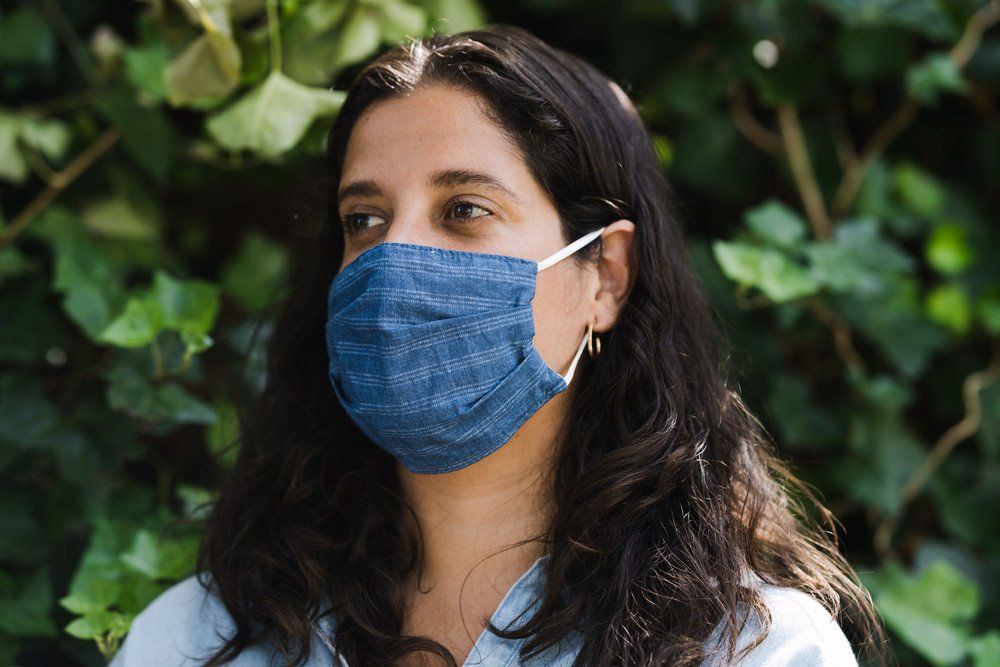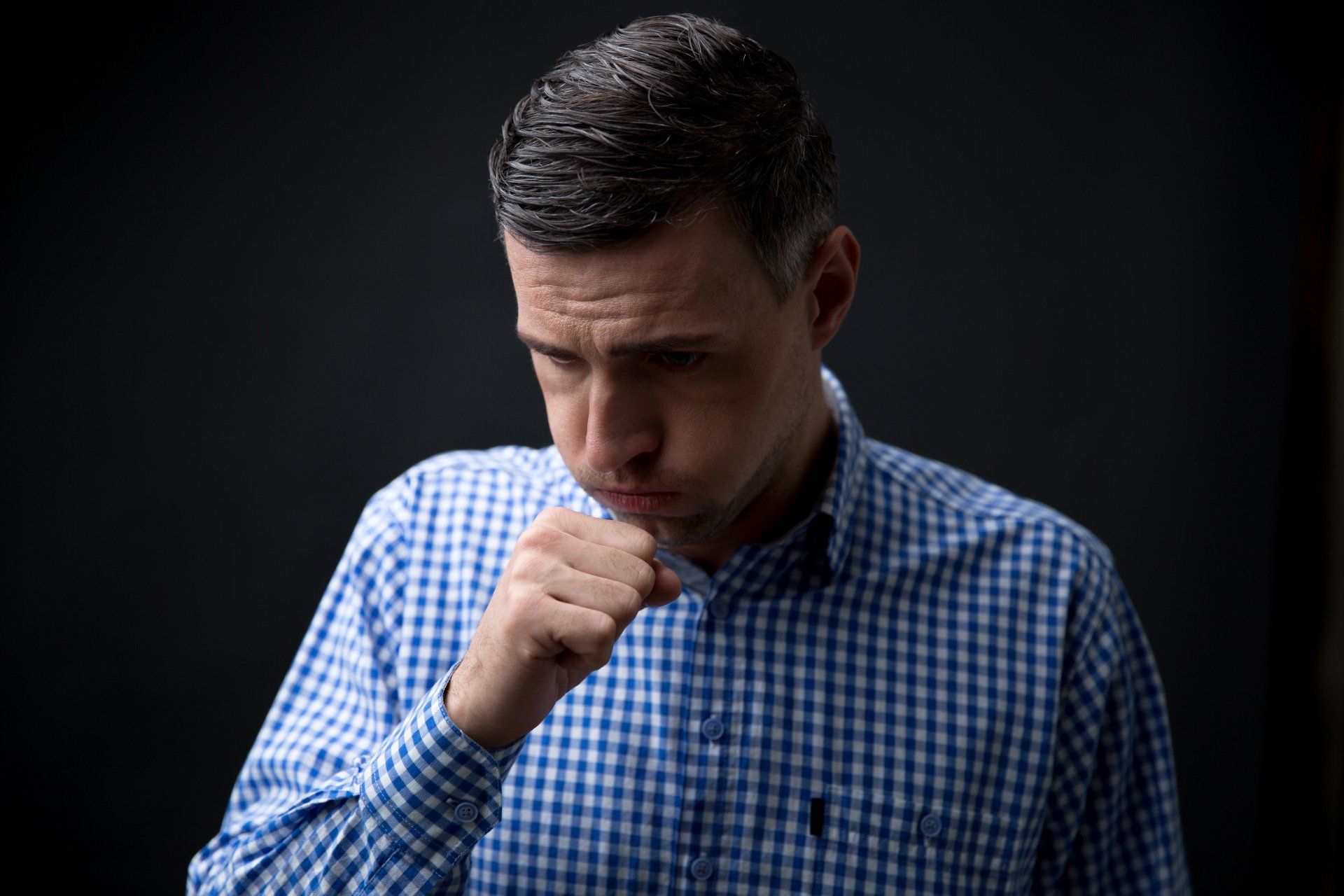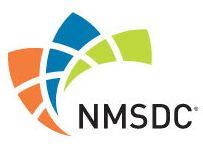COVID-19 And Higher Education: What's Safe Right Now And What's Not
A single germ can proliferate rapidly in just 24 hours, ultimately reproducing into as many as 8 million germs . Figures like this one are especially alarming as the world continues to navigate its response to COVID-19. Thankfully, the spread of the coronavirus is not inevitable. There are several actions we can take to prevent the virus's circulation.
Perhaps one of the most important steps is wearing personal protection equipment (PPE) and investing in appropriate PPE medical supplies . That applies to just about everyone, but it is especially pertinent to college students and staff returning to in-person instruction in fall or spring.
Left unchecked, coronavirus can quickly spread through college campuses. Staff and administrators are doing all they can to ensure that does not happen. For example, Ohio State University (OSU) students returning to campus "can pick up a bag that includes personal protective equipment upon their return," OHIO News reports. The complimentary "Be Safe Bobcats" bag includes two OSU face masks, hand sanitizer, and an easy-to-use digital thermometer. Students must present their student ID to claim their free bag.
As far as safety measures are concerned, this is an excellent start. Learn more about personal protective equipment, PPE medical supplies, and the precautions higher learning institutions need to take to keep COVID-19 under control.
PPE Supplies Remain All-Important
While complimentary bags of PPE begin establishing good habits, they are not enough on their own. In order to keep staff members, administrators, and students safe, universities ought to consider the following practices when it comes to PPE:
Require masks whenever and wherever social distancing is not possible. Ask everyone in potentially crowded spaces to wear disposable face masks or reusable cloth masks for the entire duration of their class or activity with others. Make it clear that masks are mandatory in classrooms, offices, elevators, hallways, shuttle buses, and any other indoor locations. Disposable or surgical masks should be worn with the color side facing out. Use disposable masks once. To remove and disregard them, gently take off the mask using the ear loops. Fold the mask in half with the white filter facing in, and immediately toss it in the trash. Cloth masks can be safely used more than once. Stow your cloth mask in a paper bag between uses, and clean it often -- at least once per day.
Invest in anti-bacterial soaps and hand sanitizer. To keep universities safe, wear appropriate PPE medical supplies in conjunction with frequent handwashing. When handwashing is not possible, encourage students and staff to use hand sanitizer. Hand sanitizer should be at least 60% alcohol to effectively kill germs.
Consider additional safety measures. While investing in the safety and future of your school, consider other equipment that may be helpful. For example, a growing number of public and private universities are purchasing and installing metal detectors to keep their faculty and students safe.
What Staff And Administrators Can Do
In addition to wearing PPE, handwashing, or using hand sanitizer, staff can take certain measures to dramatically reduce the spread of COVID-19. These measures include limiting class sizes whenever possible and rearranging seating in classrooms to allow for appropriate social distancing.
Professors should regularly disinfect surfaces between classes and at the beginning and end of the day. Should they notice any students exhibiting symptoms, they should privately ask the student to stay out of the classroom for the time being and get tested if their symptoms persist.
What Students Can Do
Students can do their part, too. In addition to using PPE medical supplies, students should follow social distancing guidelines, regularly clean and disinfect their dorm rooms, avoid large gatherings, and avoid the classroom and other public areas whenever they are sick. Notify professors if you are not feeling well. Explore temporary options, like part-time virtual learning.
Many colleges are taking the leap and returning to in-person instruction, especially with the rollout of the COVID-19 vaccine. Safely return to campus and stay healthy as you go about your day. Be cautious, wear PPE, and do your part as a student at a public or private university.

